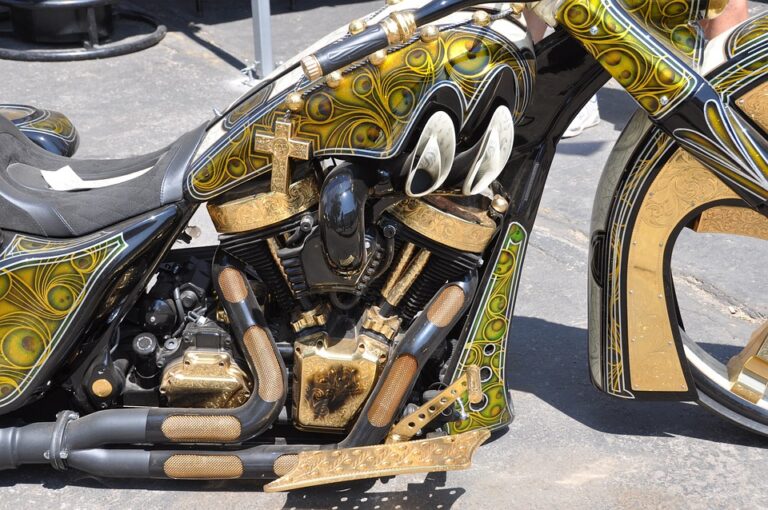Painting techniques have evolved over time, with artists constantly pushing boundaries to create innovative and captivating artwork. One such trend that has gained popularity in recent years is blending airbrush paint with traditional brush techniques. This unique combination allows artists to achieve a seamless blend of colors and textures that can’t be achieved with either method alone.
The Benefits of Blending Airbrush Paint with Brush Techniques
There are several benefits to blending airbrush paint with traditional brush techniques. One of the main advantages is that airbrushing allows for a smooth and even application of paint, which can create a flawless finish. On the other hand, using brushes allows artists to add texture and detail to their work that can’t be achieved with an airbrush alone. By combining these two techniques, artists can create dynamic and visually stunning pieces that stand out from the crowd.
How to Blend Airbrush Paint with Brush Techniques
Blending airbrush paint with brush techniques requires a bit of practice and experimentation, but the results are well worth the effort. To start, artists should apply a base coat of paint using an airbrush, ensuring that the surface is smooth and even. Once the base coat is dry, artists can then use brushes to add texture and detail to their work, blending the two techniques seamlessly to create a cohesive piece of art.
Tips for Blending Airbrush Paint with Brush Techniques
- Experiment with different brush sizes and shapes to achieve varying textures and effects.
- Practice using the airbrush to create smooth gradients and transitions between colors.
- Don’t be afraid to mix different types of paint (acrylic, oil, etc.) to achieve the desired effect.
Conclusion
Blending airbrush paint with brush techniques is a creative and innovative way for artists to push boundaries and create unique pieces of art. By combining the smooth application of an airbrush with the texture and detail that brushes provide, artists can achieve stunning results that stand out from the crowd. With practice and experimentation, artists can master this technique and take their artwork to new heights.
FAQs
Q: Can I blend airbrush paint with watercolor techniques?
A: While it is possible to blend airbrush paint with watercolor techniques, it may require some experimentation to achieve the desired effect. Watercolor paint behaves differently than traditional acrylic or oil paint, so artists may need to adjust their technique accordingly.
Q: Is blending airbrush paint with brush techniques difficult?
A: Blending airbrush paint with brush techniques can be a bit challenging at first, but with practice and patience, artists can master this technique and create stunning artwork. It is important to experiment with different tools and materials to find what works best for you.
Q: Can I blend airbrush paint with other painting techniques?
A: Yes, airbrush paint can be blended with other painting techniques, such as palette knife or sponge painting. By combining different techniques, artists can create dynamic and visually appealing artwork that showcases their creativity and skill.

